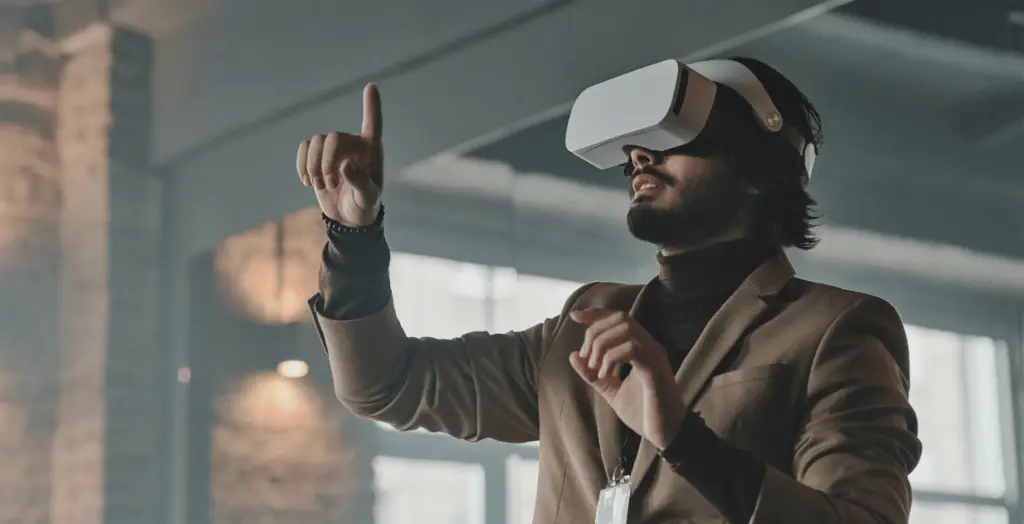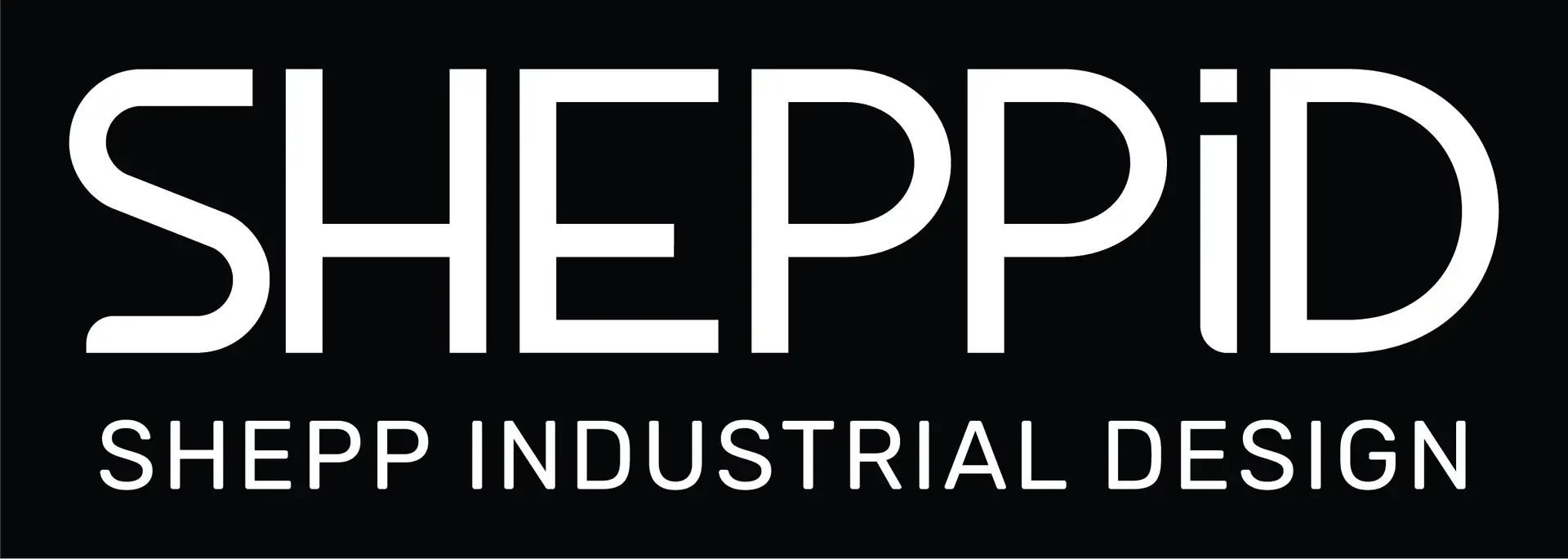The product design landscape is rapidly evolving due to technological advances, changing consumer preferences, and increasing global competition.
New technologies and ideas are now shaping the industry. In this blog, we will discuss some of the most important technologies and ideas and their impact on product design.
1: Sustainable Design and Materials
One of the most pressing concerns facing the world today is climate change. As a result, there is a growing emphasis on sustainable design and the use of eco-friendly materials. This trend is not only driven by consumer demand but also by regulatory pressures and corporate social responsibility initiatives.
Biomimicry
Inspired by nature, biomimicry involves designing products that mimic the structures, processes, or functions of natural organisms. This approach can lead to innovative and sustainable solutions, such as self-cleaning surfaces or energy-efficient structures.
Circular Economy
The circular economy model aims to minimize waste and pollution by keeping resources in use for as long as possible. This can be achieved through product design strategies that prioritize reuse, repair, and recycling.
Sustainable Materials
The use of sustainable materials, such as recycled plastics, renewable wood, and plant-based fibers, is becoming increasingly common in product design. These materials not only reduce environmental impact but can also enhance product durability and performance.

2: 3D Printing and Customization
3D printing technology has made significant strides in recent years, enabling the production of complex and customized products at a relatively low cost. This has opened up new possibilities for product design and manufacturing.
Mass Customization
3D printing allows for the production of highly personalized products, tailored to individual preferences and needs. This can help to create a more engaging and satisfying customer experience.
Rapid Prototyping
3D printing can be used to quickly create prototypes, allowing designers to test and iterate on their designs before committing to production. This can accelerate the product development process and reduce costs.
On-Demand Manufacturing
3D printing can enable on-demand manufacturing, where products are produced only when needed, reducing inventory costs and waste.
3: Smart Products and IoT
The Internet of Things (IoT) is transforming the way we interact with physical products. By connecting devices to the internet, it is possible to create “smart” products that can collect data, communicate with other devices, and provide personalized services.
Enhanced Functionality
IoT-enabled products can offer a wide range of features and benefits, such as remote monitoring, automation, and integration with other devices.
Personalized Experiences
Smart products can learn about user preferences and behavior, allowing them to provide tailored experiences.
Data-Driven Insights
IoT devices can generate valuable data that can be used to improve product design, optimize operations, and identify new market opportunities.
4: AI and Machine Learning: Redefining Product Design
Artificial Intelligence (AI) and Machine Learning (ML) are becoming game changers in the product design industry, driving innovation and efficiency by leveraging data and enhancing creativity.
Boosting Creativity
AI and ML analyze vast datasets to uncover patterns and trends that humans might miss, helping designers generate innovative ideas and solutions.
Predictive Design
Machine learning algorithms can predict user preferences and behaviors, enabling the creation of products that align more closely with customer needs.
Automating Design Processes
AI can automate repetitive tasks, such as generating multiple design options, testing them against criteria, and suggesting improvements, streamlining the entire design process.

5: Augmented Reality (AR) and Virtual Reality (VR): Transforming the Design Process
AR and VR technologies are becoming essential tools for product designers, providing immersive, interactive experiences that enhance conceptualization, prototyping, and user testing.
Virtual Prototyping
VR allows designers to create and test virtual prototypes in a simulated environment, reducing the need for physical models and saving both time and resources.
Enhanced User Experience
AR enables designers to visualize products in real-world settings, helping them understand how users will interact with them, leading to more intuitive and user-friendly designs.
Remote Collaboration
AR and VR tools make it easier for design teams, clients, and stakeholders to collaborate remotely, allowing for real-time feedback and quicker decision-making.
By embracing these cutting-edge technologies and ideas, the product design industry is evolving towards a future that is innovative, sustainable, and customer-focused. These technologies and ideas are not just exciting; they are redefining how products are created and experienced, setting new standards for what is possible.




